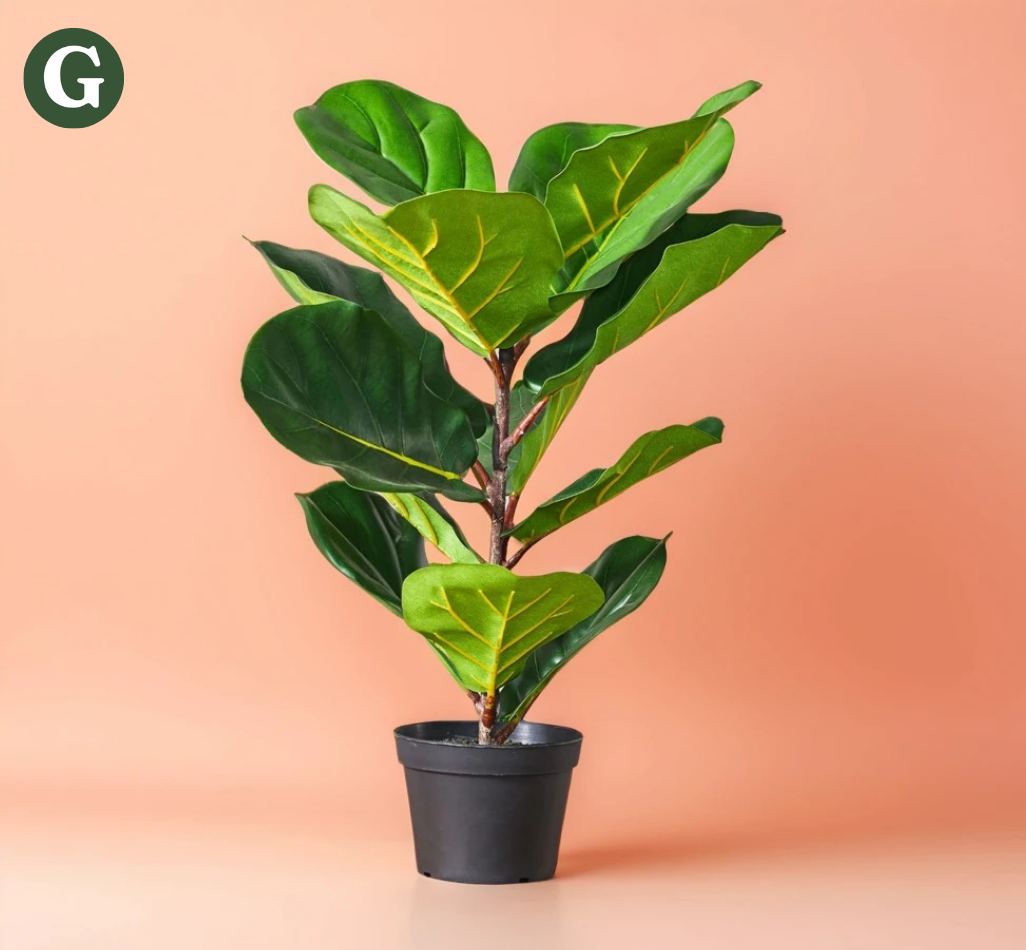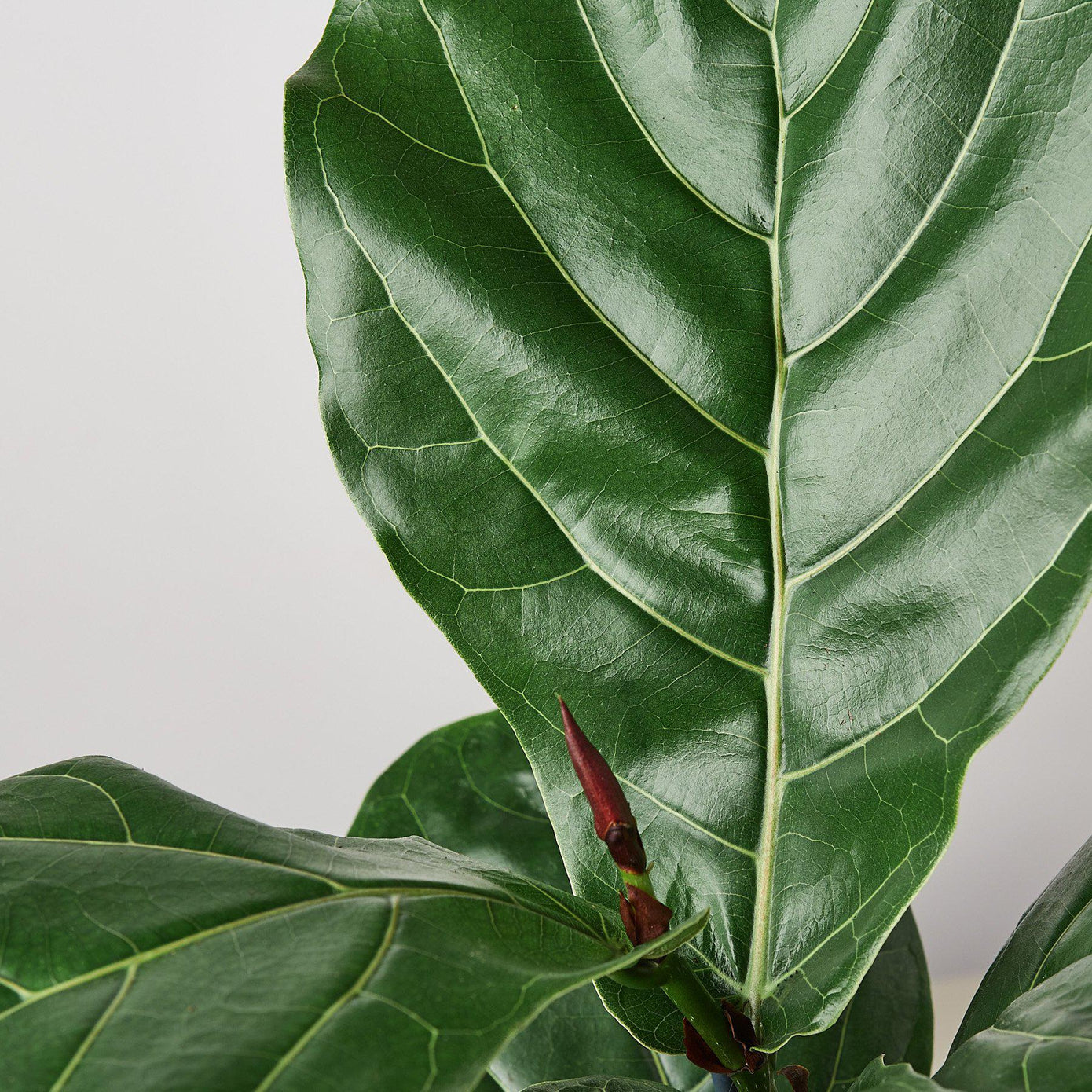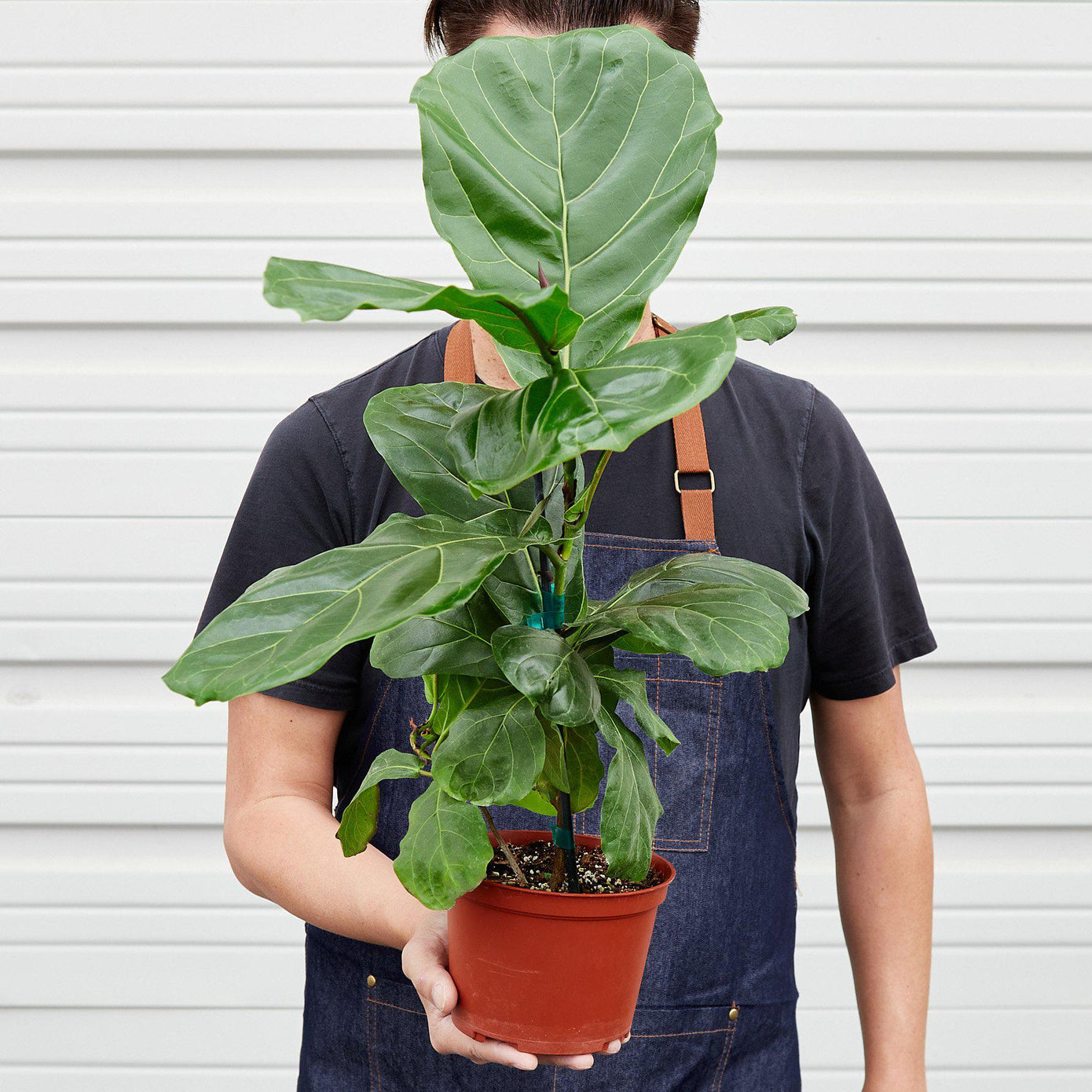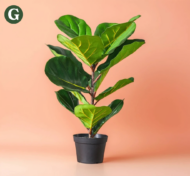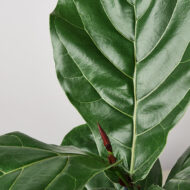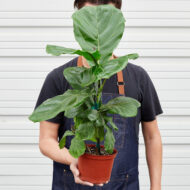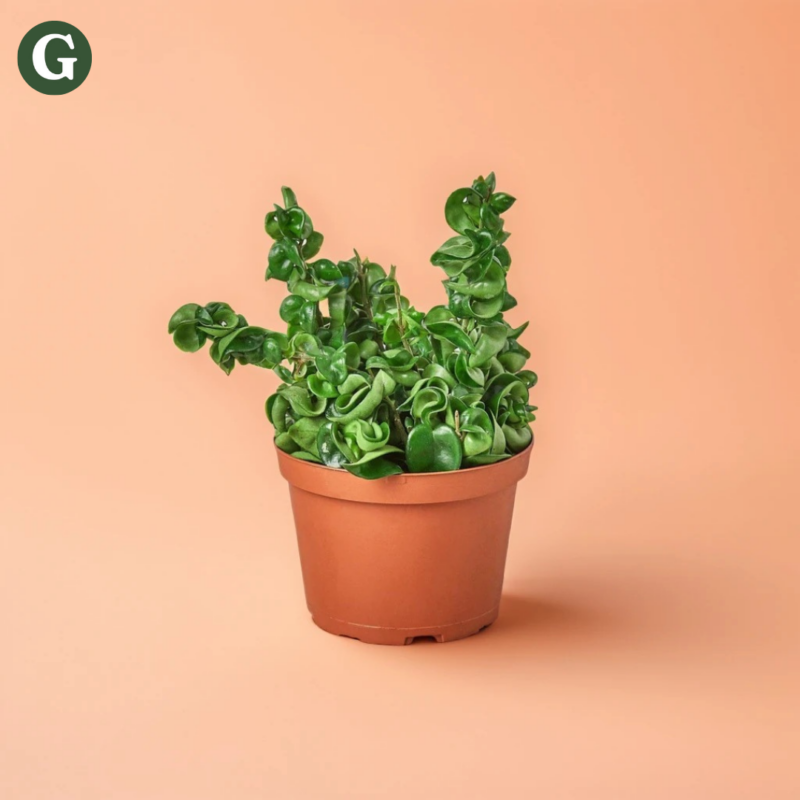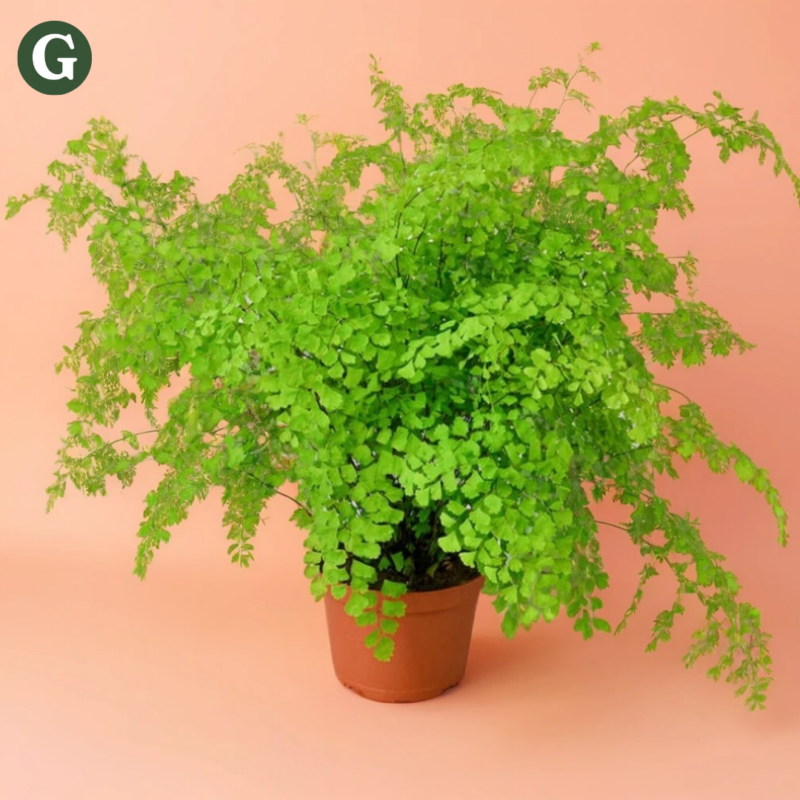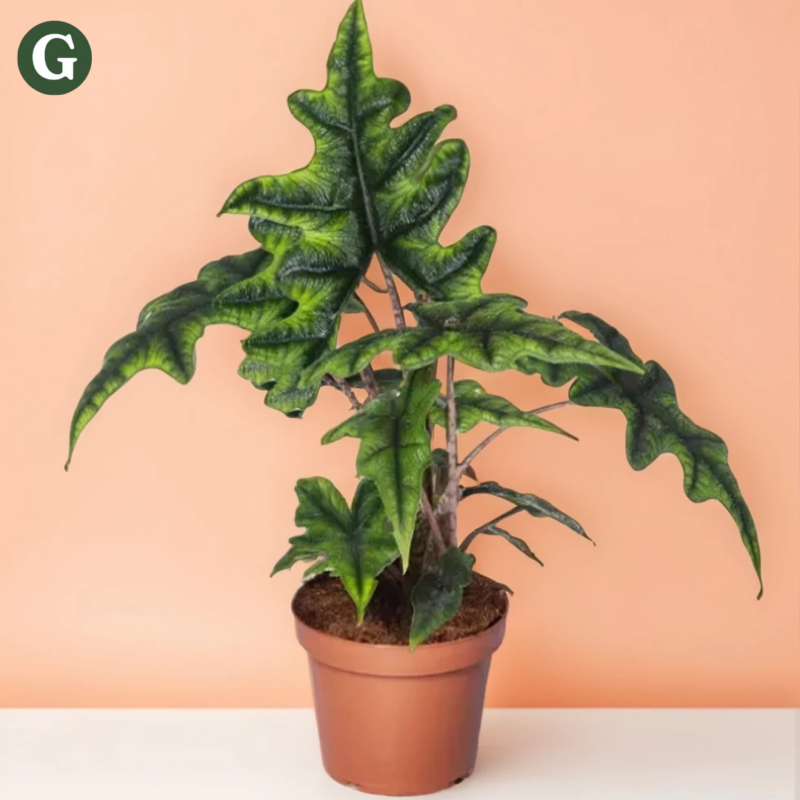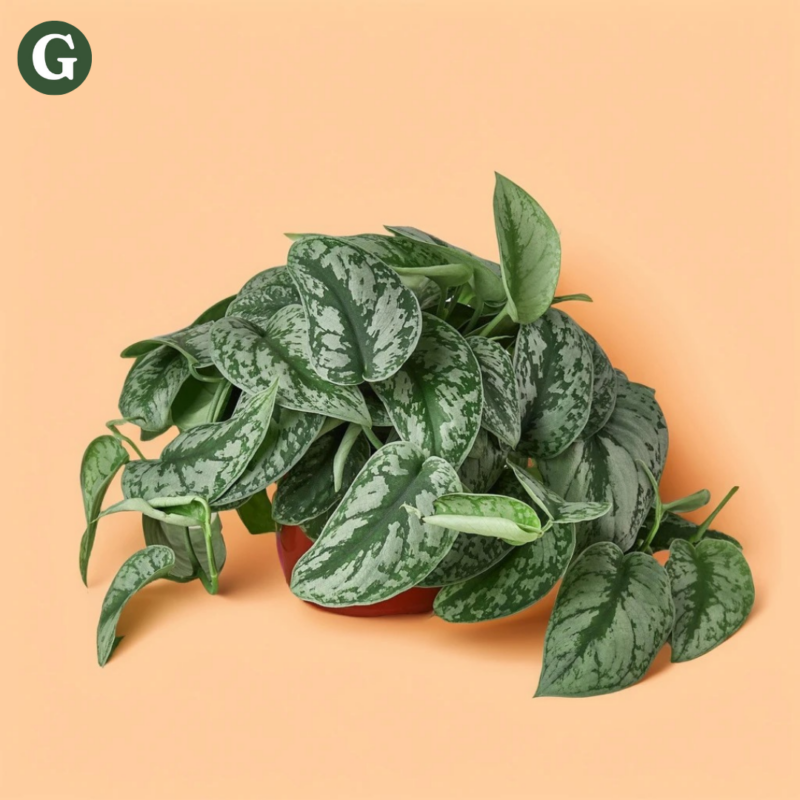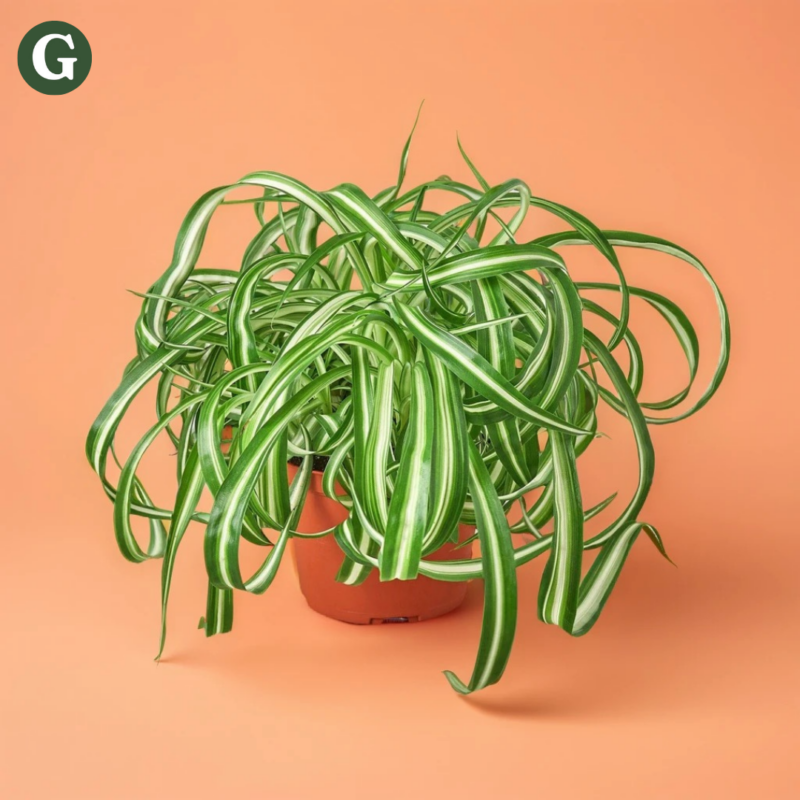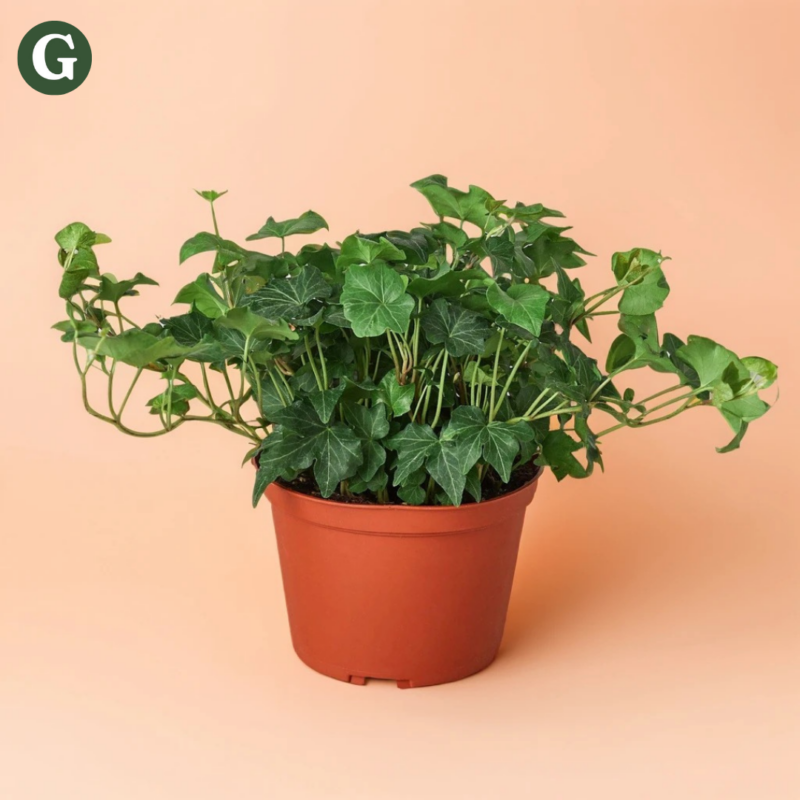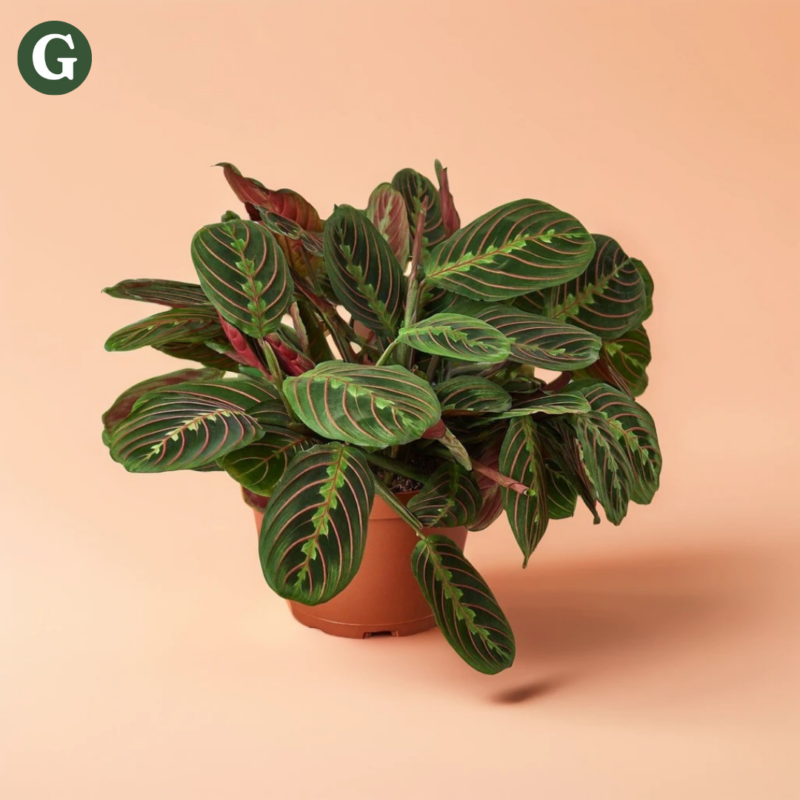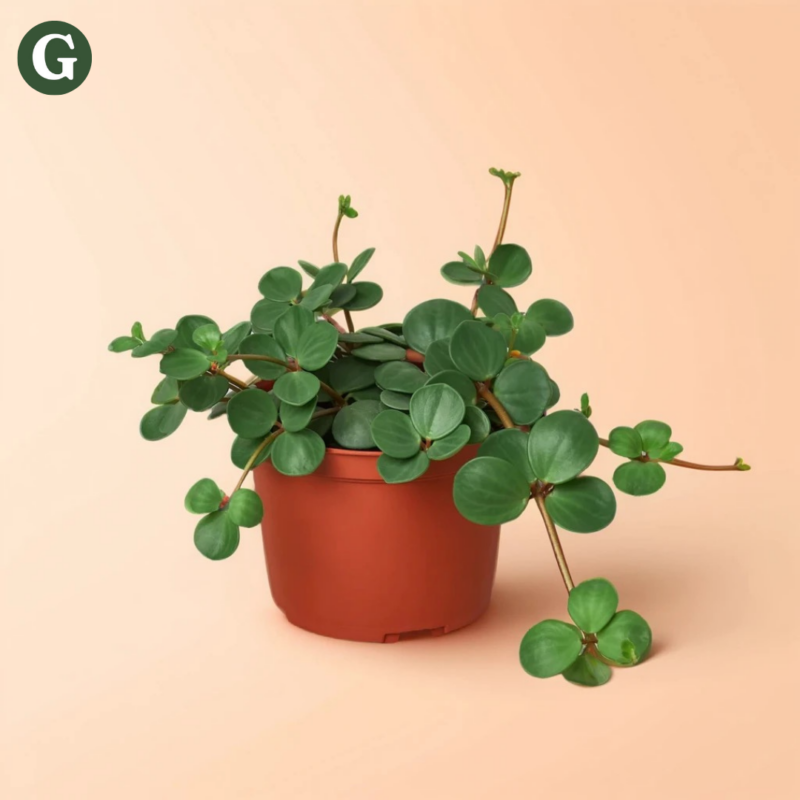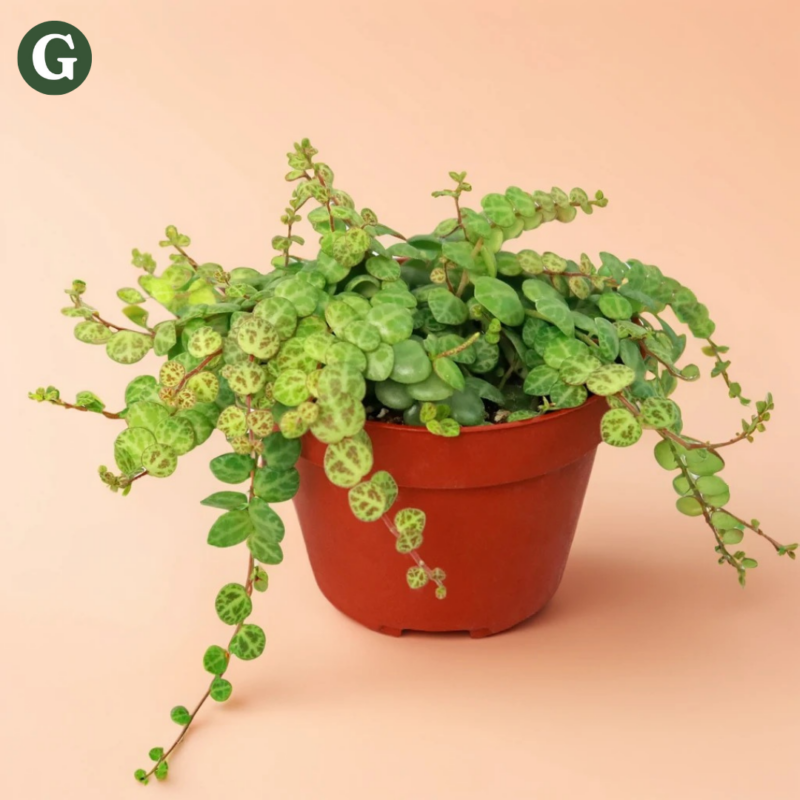Ficus Lyrata 'Fiddle Leaf Fig'
Botanical Name: Ficus lyrata
Common Name(s): Fiddle Leaf Fig, Fiddle Leaf Fig Tree, Fiddle Leaf, Ficus Tree
The Ficus Fiddle Leaf Fid is a popular and striking houseplant known for its large, glossy, violin-shaped leaves. Native to the tropical rainforests of West Africa, this tree is admired for its bold appearance and ability to thrive indoors, making it a favorite in interior design. Whether used as a floor plant or pruned into a smaller tree, the Fiddle Leaf Fig has become a symbol of modern decor and a statement piece in homes and offices worldwide.
The leaves of the Fiddle Leaf Fig are the star feature of the plant, growing large, shiny, and deeply veined. They are typically a rich green, with prominent lobes and edges that resemble the shape of a fiddle, hence the name. The plant’s impressive foliage is what draws people to it; its upright growth and glossy leaves create a dramatic visual impact in any space. As the plant matures, the leaves can grow up to 12–15 inches (30–38 cm) long and 8–10 inches (20–25 cm) wide.
The Fiddle Leaf Fig prefers bright, indirect light but can tolerate some direct sunlight, especially in the early morning or late afternoon. It is important to avoid harsh, direct sunlight during midday hours, as it can scorch the leaves. When placed in bright, filtered light, the plant grows more vigorously, developing larger leaves and maintaining its lush appearance. Low light conditions will result in slower growth and may cause the plant to lose its lower leaves.
This plant thrives in warm environments, with temperatures between 60°F and 75°F (15°C to 24°C). It’s essential to protect the Fiddle Leaf Fig from drafts, sudden temperature changes, and cold spots, as it is sensitive to both extreme heat and cold. To keep the plant happy and healthy, it’s best to place it in a location that remains relatively consistent in temperature.
Fiddle Leaf Figs prefer consistently moist soil, but they don’t like sitting in water. Overwatering can lead to root rot, while underwatering can result in dry, browning edges on the leaves. A well-draining potting mix is a must. In winter months, when the plant is in a period of slower growth, watering should be reduced slightly.
Humidity is another important factor in caring for a Fiddle Leaf Fig. While it can tolerate average indoor humidity levels, the plant will thrive in higher humidity. Regular misting or using a humidifier can help, especially in drier climates or during the winter when indoor air tends to be dry. Brown spots or edges on the leaves are a common sign that the plant is not getting enough moisture in the air.
As the Fiddle Leaf Fig grows, it can become quite large, especially if it’s given enough space. When grown indoors, it typically reaches heights of 3–6 feet (90 cm to 2 meters), but with proper care, it can grow even taller. It’s also possible to prune the plant to control its size and shape, encouraging a bushier, more compact form if desired.
Note: Ficus Lyrata is toxic to pets, particularly cats and dogs. Its sap contains compounds that can cause irritation, so it’s important to keep the plant out of reach of pets.
Care Insights & Expert Tips
- Repotting: Repot every 1-2 years, or when this fig becomes root-bound. Handle with care as the sap can irritate the skin.
- Prune regularly: Prune to rid dead leaves and to encourage new large growth.
- Fertilize once a month: Feed your Fig with a balanced liquid fertilizer diluted to half strength once a month during the growing season.
- Sensitive to extreme heat and cold: Keep your Fidle Leaf Fig away from cold drafts and sudden temperature changes. This plant is very sensitive to extreme heat and cold.
- Mist regularly: While this plant can tolerate average humidity, regular misting and or humidifier is essential.

Visit our plant care library
Find essential tips to keep your plants thriving, vibrant, and healthy.
